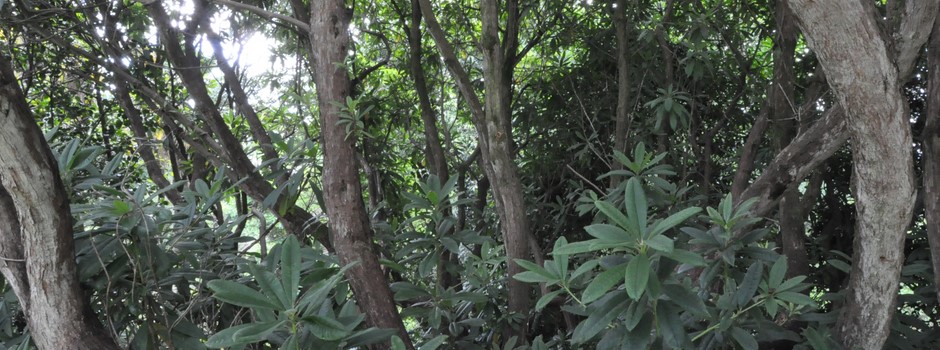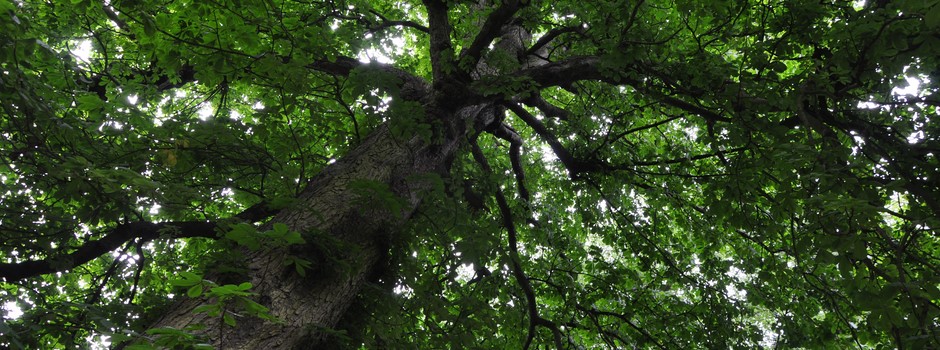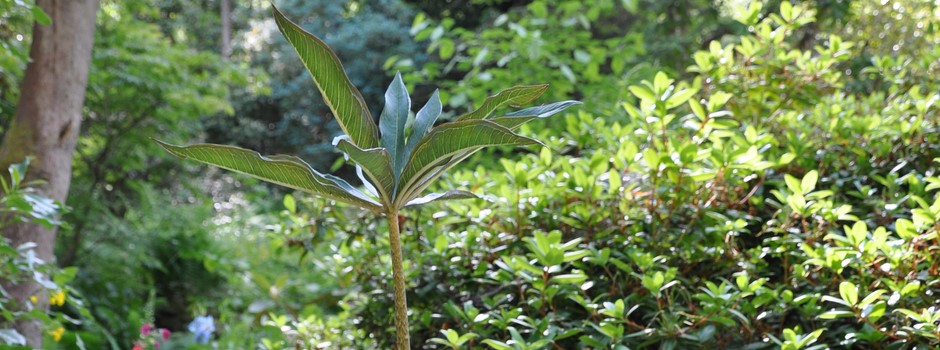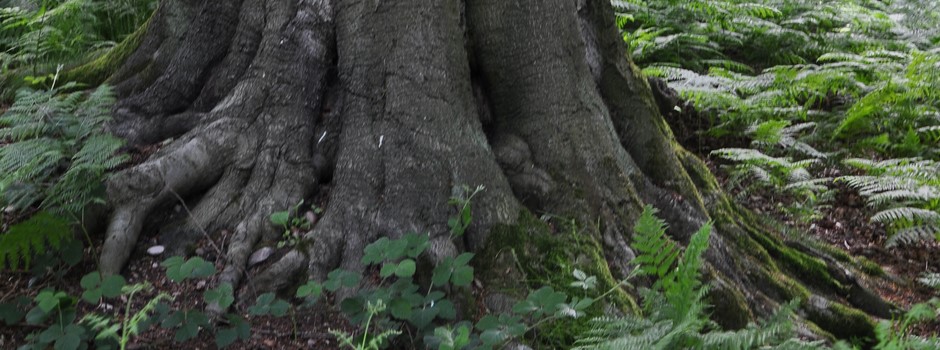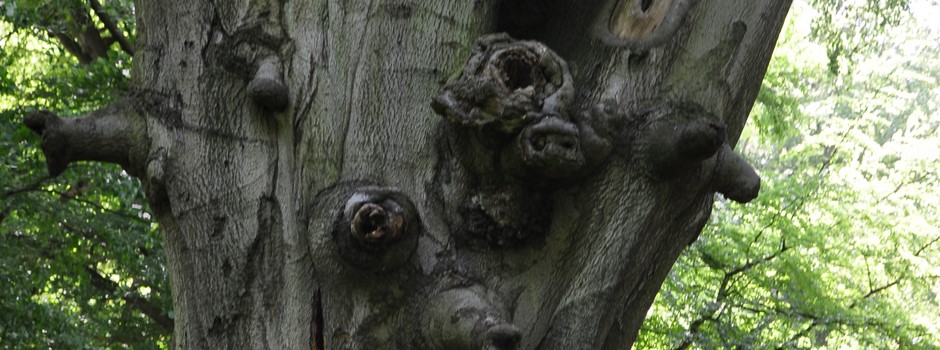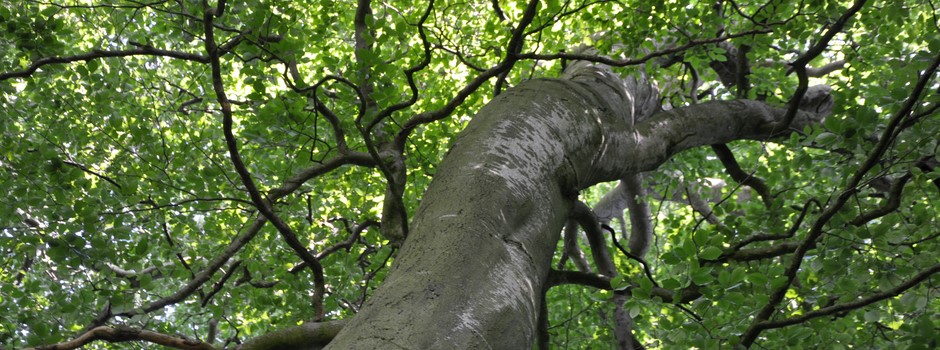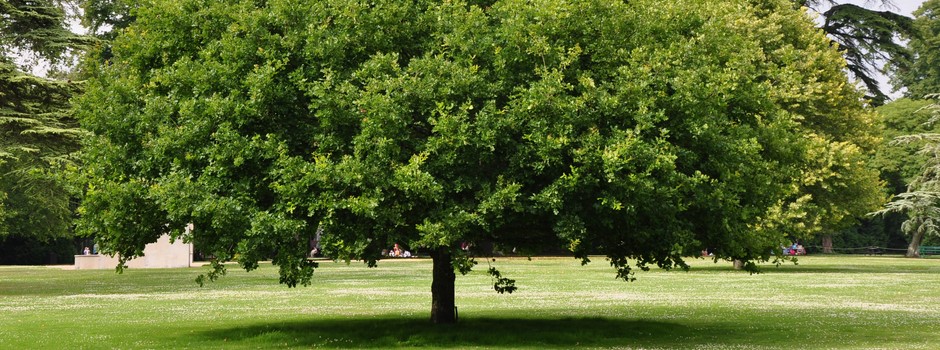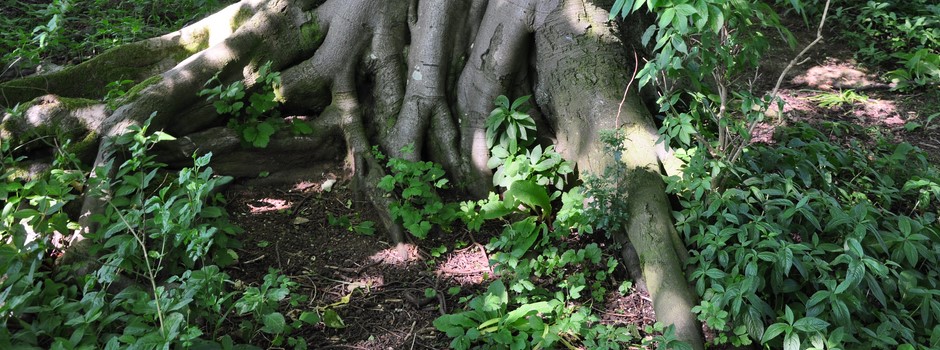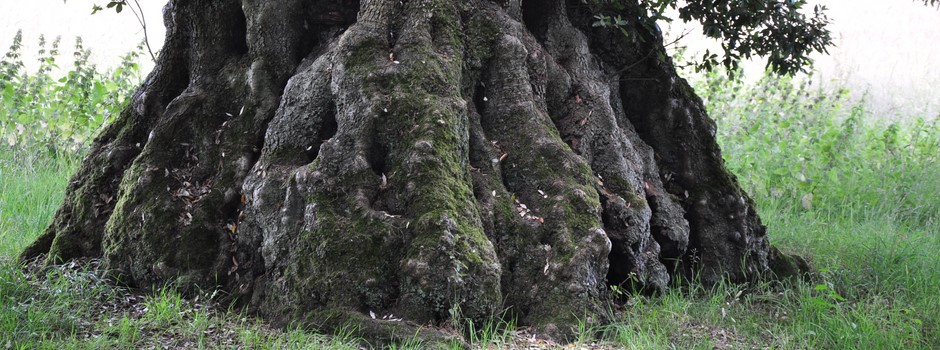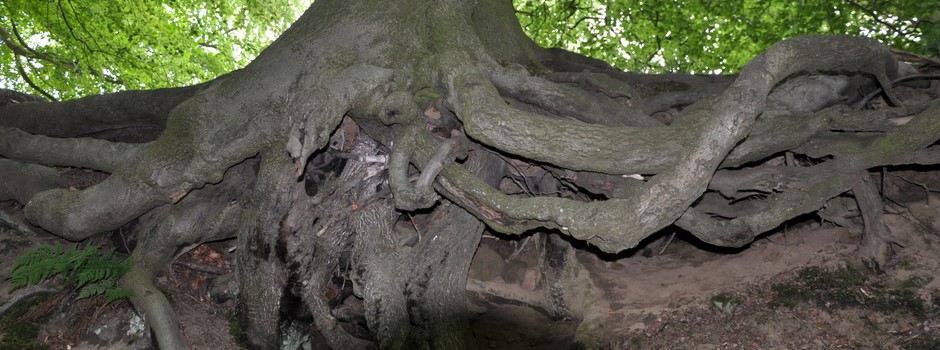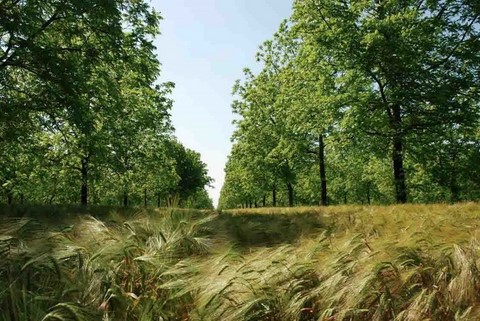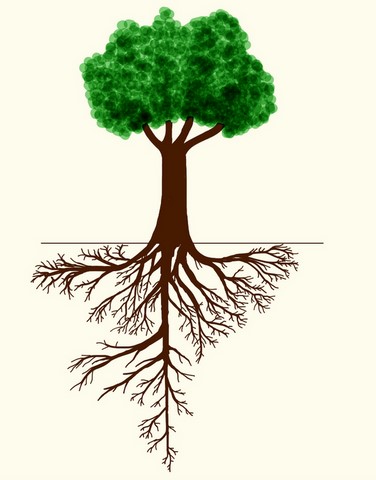Agroforestry
Introduction
Picture: Association Française d'Agroforesterie
Agroforestry refers to the association with trees and crops in the same plot of land. It's a agriculture which preserves the soil. There are a big variety of examples like woody pastures, grazed orchards or country side with small fields and many hedges. They exist on every continent. New examples will appear, particulary under the tropics, because thr trees diversity is under-exploited.
These agrosystems are ancient. Before the farm machines, implements and fertilizers revolution, they were commun in the world. After the world war II, the development of agribuisness promoted the monoculture spread and the trees and hedges uprooting.
We understand better today what the agroforestry bring to the environment and to the society, particulary in comparison with the stakes of 21th century like the water, the pollution by the fertilizers,the cost of chemicals fertilizer, the demand in renewable energy and the climate changes.
In agroforestry, trees are planted young, allow a optimal growth, with crops around them, then the crops will evoluate year after year as trees are growing.
So trees are complementary with the crop.
Advantages of agroforestry
- The agroforestry is a model which use the complementarity of the tree and the crop or the breeding. The light, the water and the fertilizers are taken more efficiently with the crops terracing, various roots systems and a landuse complementary. The vegetative development between herbaceous crops and trees is different, the solar energy is used more efficiently. The trees arrest the excess fertilizers in the soil, protecting the ground water.
- The trees raise the water and nutients from deep soil to the surface where the crops use them.
- The creation of a microclimate on the plot protects too the crops or the animals against the drought heat stress.The trees could especialy absorb climatic accident, in part responsible of stagnation of cereal yields in Europe.
- The soil protection against the erosion and the restoration of its fertility is a priority today.
- The quality and the amount of water (watercycle) change with the trees. The quality will be improved. Indeed the trees limit the fertilizers leaching and decrease the water ground pollution. Moreover they increase the infiltration of the water and the storage in the soil. Thus the reserve of water increase and the evaporation is limited by trees in summer.
- The growth of the biodiversity is very interesting with more useful animals for the crops and less pathogenic organisms.
- The agroforestry allows to diversity the agricultural production with wood, biomass, fruit, fodder, etc.
- The best way for the carbon storage is the agroforestry. 99% of the solid matter come from the atmospheric carbon dioxyde. The tree and the soil are very efficient to store the carbon, a fundamental element for biogeochemical cycle and source of fertility.
- Consequently they can relieve the consequence of climate changes and participate to accumulate the carbon again.
The best technology for reducing emissions: Trees
Submitted by Kate Langford on February 9, 2015
Not surprisingly, researchers have concluded that trees are the most effective technology for removing carbon dioxide from the atmosphere and reversing global warming.
An article in Bloomberg Business reports that scientists from Oxford University have spent a year investigating other ‘Negative Emissions Technologies’ (NETs) such as capturing emissions from factories and power stations, extracting carbon dioxide directly from the air and adding lime to oceans to increase their absorption of carbon dioxide.
Planting trees (afforestation) and biochar were found to be low-cost, have fewer uncertainties and offer other benefits to the environment compared to other NETs.
The scientists have suggested that post 2050 other NETs may have more potential and investments should still be made in them in case they are needed.
Read the full story
